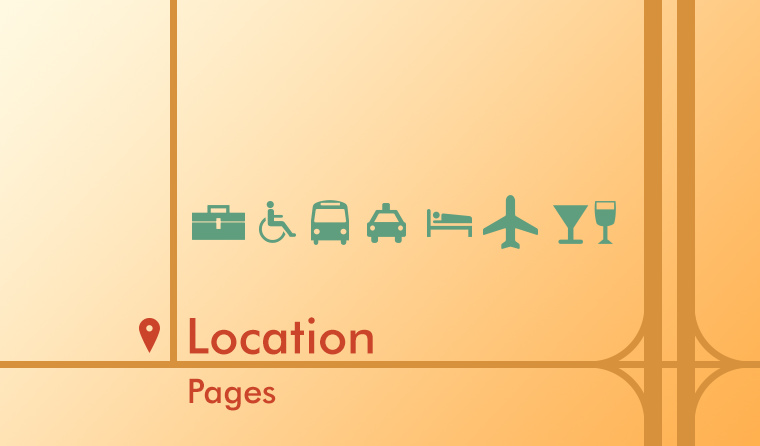Using Location Pages for SEO

We all know that SEO can be tough, especially for local businesses. There is one powerful weapon you have in your arsenal, though: the location page. These are pages that are designed to serve as “one-stop shops” for site visitors who want information about a specific business location. When set up correctly, they can be extremely helpful in terms of boosting your business’s visibility for location-based searches.
This might seem simple on the surface, but there’s actually quite a bit to the subject, so I’ve set up this little guide to help you. There are several different approaches you can take to create location pages. For our purposes, though, I’m going to assume we have a brick-and-mortar business with a handful of brick-and-mortar locations in other cities. If you’d like information on the other scenarios where location pages can come in handy, check out this detailed post from Moz.
Okay, here we go!
Make Them Unique
This is probably the most important thing to keep in mind when you’re creating location pages for your website. Each page that you add must provide unique content about the location in question. It’s tempting (especially if you’ve got a large number of locations) to reuse the same copy and simply swap out the city and state. Don’t do this. If you do, you’re sending up a big, old “penalize my site for duplicate content” flag to the search engines, which is never a good idea. While it’s true that much information will be the same from one location to the next, there are ways you can give these pages individual value. Consider the following types of content:
- NAP – This stands for name, address, and phone number. Obviously, the address (and possibly the phone number) will be unique for each location. If it will be helpful to your visitors, you can add in business hours as well.
- Photos – Add a few photos of the location, and include the city and state in your alt text.
- Staff Members – If specific staff members work at the location, consider listing their names, photos, and bios.
- Client Testimonials – Consider adding some client testimonials for the location. Not only will this add some unique content, but it will also help sell the services offered at that particular location. Speaking of which…
- Services Offered – You can provide a full list of the services you offer, but if you offer special services at a particular location that aren’t offered elsewhere, be sure to mention those. If you can craft unique descriptions for the identical services on other pages, that’s even better.
- City–specific Content – Depending on your business, it may be helpful to have some content about the city itself. Consider a city profile or talk about your business’s involvement in the local community.
- Case Studies – Add in a mini case study or two outlining some work you’ve done within the local area.
Make Them Accessible
In order to get any benefit from location pages, they need to be accessible to both users and the search engines. The best way to make sure they’re easily accessible is by placing them in the main navigation. Try creating a main location landing page with links to each individual location page. Alternatively, you could have a location drop-down menu in the navigation with links to each page. Give each page a unique URL that contains the location. On a more technical level, I prefer housing your location pages in a subfolder rather than on a subdomain. You can read more about why I think that matters here. And this last little bit should come as no surprise. Your location pages should be mobile friendly. That means they should load quickly and be easy to read on a variety of devices.
Don’t Go Overboard
When crafting location pages, it’s important not to get too carried away. Remember, as with most things in SEO, doing something on a very large scale can make you look a little suspicious in the search engines’ eyes. Creating these pages the right way takes a great deal of time and resources, so you also don’t want to overwhelm yourself. Choose your most important locations and use them as a starting point. Once you’re successfully building your local presence with these pages, you can add on more as needed!
